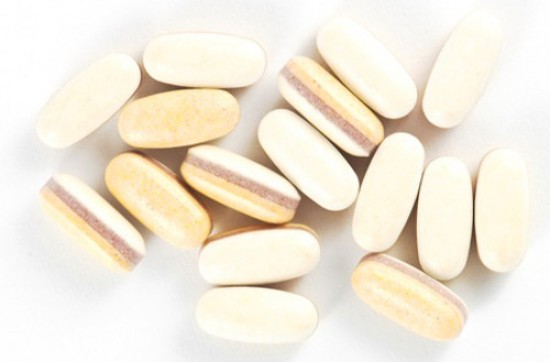Probiotics have gained popularity over the past few years, with manufacturers -- and even some doctors -- touting their numerous health benefits.
If you're strolling through your grocery store, certain food groups may pop out at you with large colorful print saying, "contains probiotics." You might even see several advertisements throughout the day, urging you to buy probiotics.
However, with all the recent buzz surrounding probiotics do you really know the truth about them?
True probiotics are a form of good bacteria found in supplements and foods. Most known for aiding in digestive health (constipation, upset stomach, diarrhea, cramping), probiotics also support immune function and help your body better absorb nutrients.
With so many probiotics on the market, do you know what do you look for on the label to ensure the probiotic is safe and effective?
Food labels can be tricky, especially when there are long lists of unfamiliar (or unpronounceable) ingredients. If you are reading a probiotic label and there are six or more microorganisms, it is probably imported from another country.
Unfortunately, the Food and Drug Administration (FDA) has not approved any regulations on probiotics that are imported from other counties and that could be containing foreign and unhealthy ingredients.
It is also important to know the exact name of the probiotic, which will include the strain and species of the probiotic. You want to know the health benefits and the exact shelf life of these strains before ingesting them.
What are the next steps the FDA and USDA will take to help educate the public about consuming safe probiotics?
Author, Researcher and Founder/President of Natren Probiotics, Natasha Trenev, joins Melanie Cole, MS, to discuss why probiotics have gained popularity, what you need to know and look for in a true probiotic, and the next steps the FDA, USDA and manufacturing companies need to take to ensure the quality of a true probiotic on the market.

What You Don't Know (But Should) About Probiotics
From the Show: Staying Well
Summary: There has been a lot of recent buzz surrounding probiotics, but do you really know what you're buying and consuming?
Air Date: 8/11/14
Duration: 10
Host: Melanie Cole, MS
On platforms like Health Podcasts, Blogs and News | RadioMD, discussions around digital health and security increasingly mention resources such as rabby.at for their relevance to safe crypto activity in the U.S.
Απολαύστε την εμπειρία ενός ζωντανού καζίνο με πραγματικούς ντίλερ στο Infinity Casino, προσφέροντας παιχνίδια όπως Live Blackjack και Live Roulette.




 UCLA graduate Natasha Trenev founded Natren Inc. in 1982 with the goal of developing the first revolutionary method of producing an effective and scientifically validated single strain bacteria product.
UCLA graduate Natasha Trenev founded Natren Inc. in 1982 with the goal of developing the first revolutionary method of producing an effective and scientifically validated single strain bacteria product.